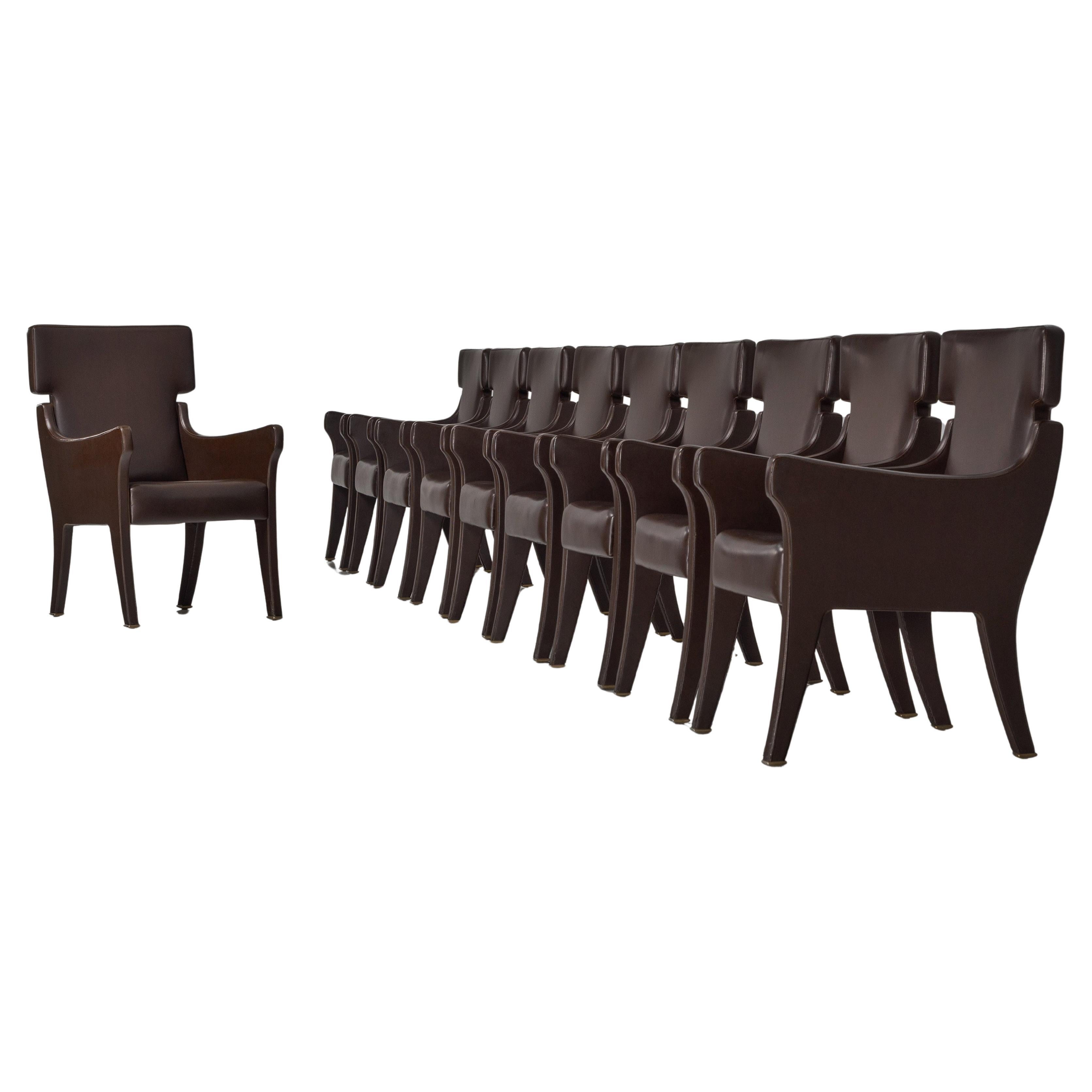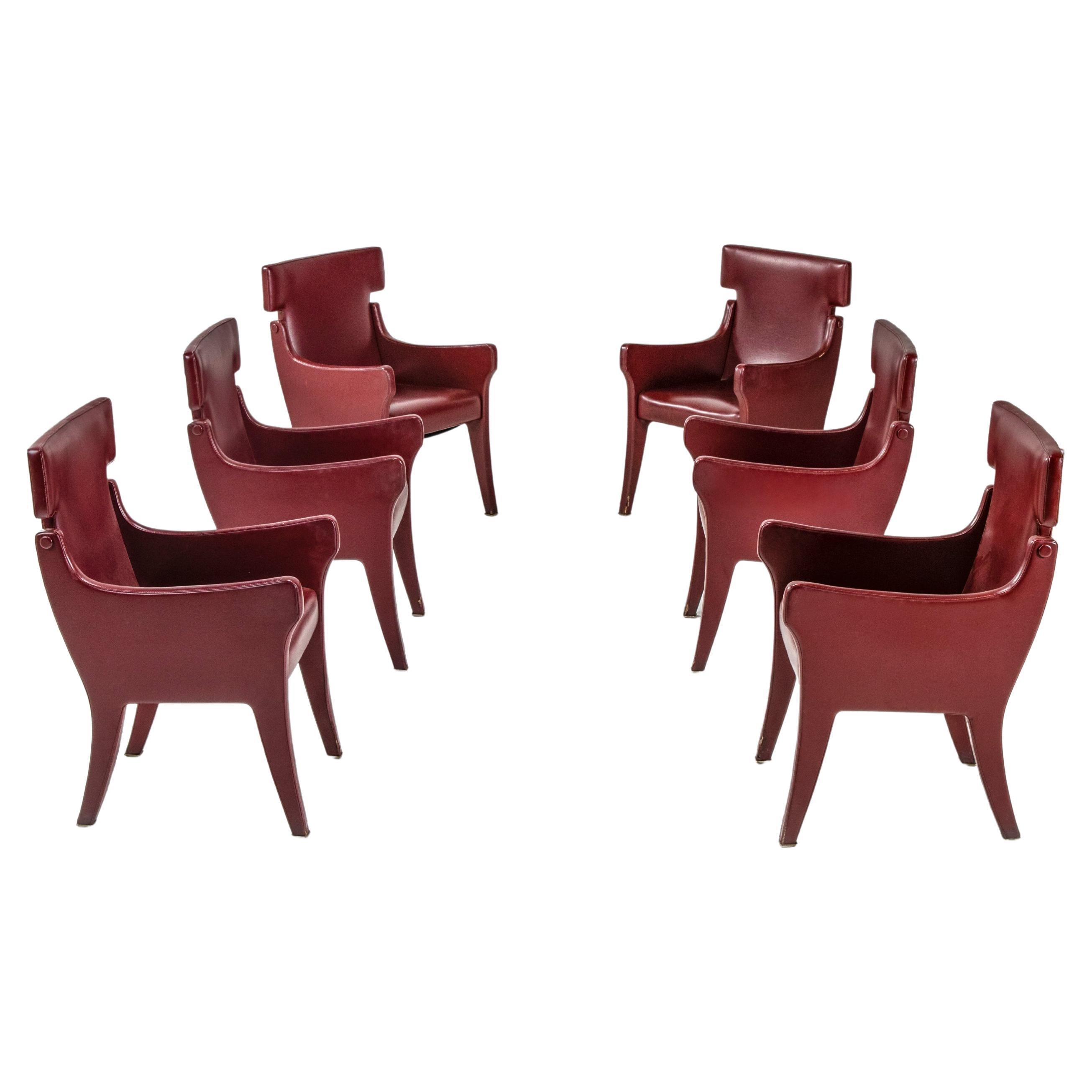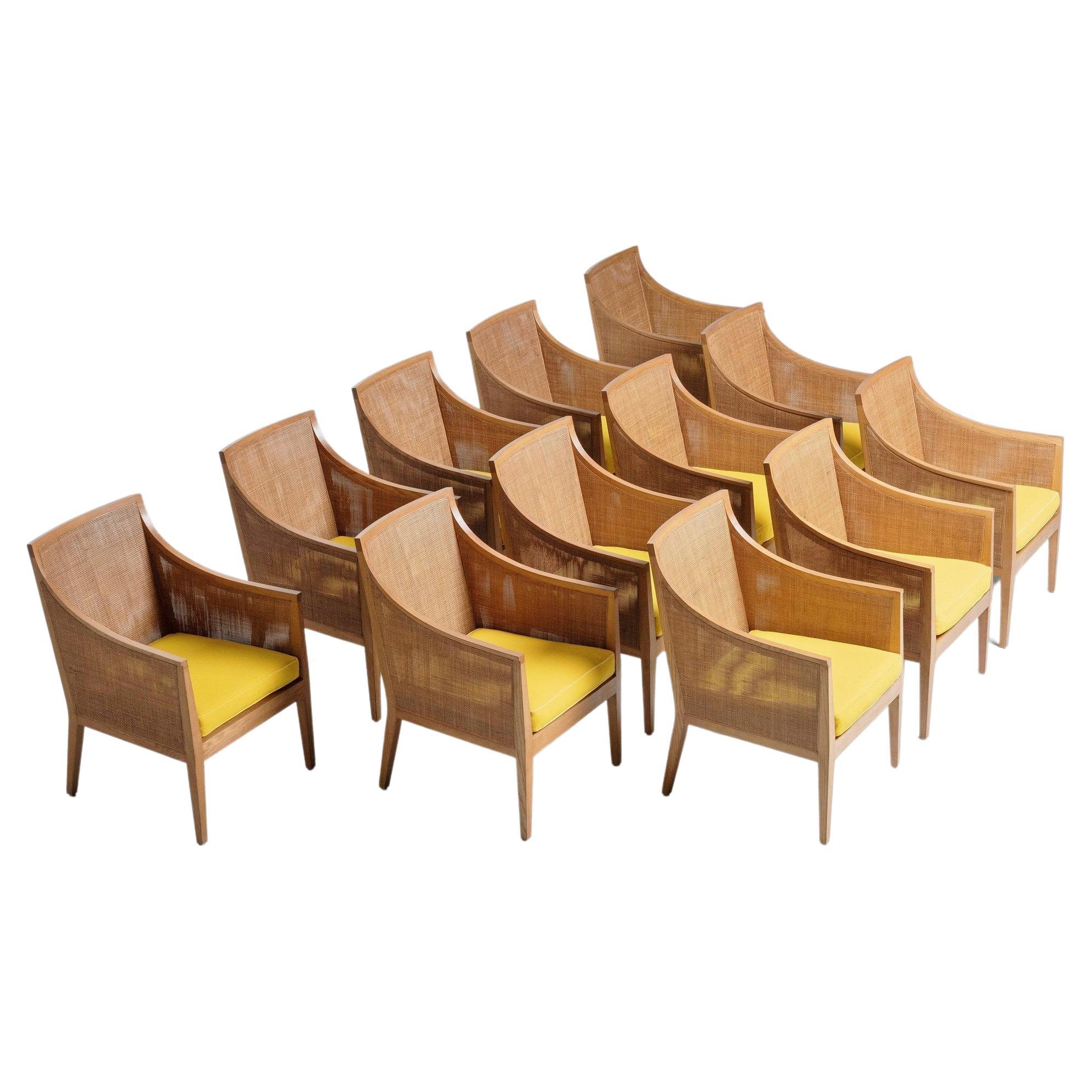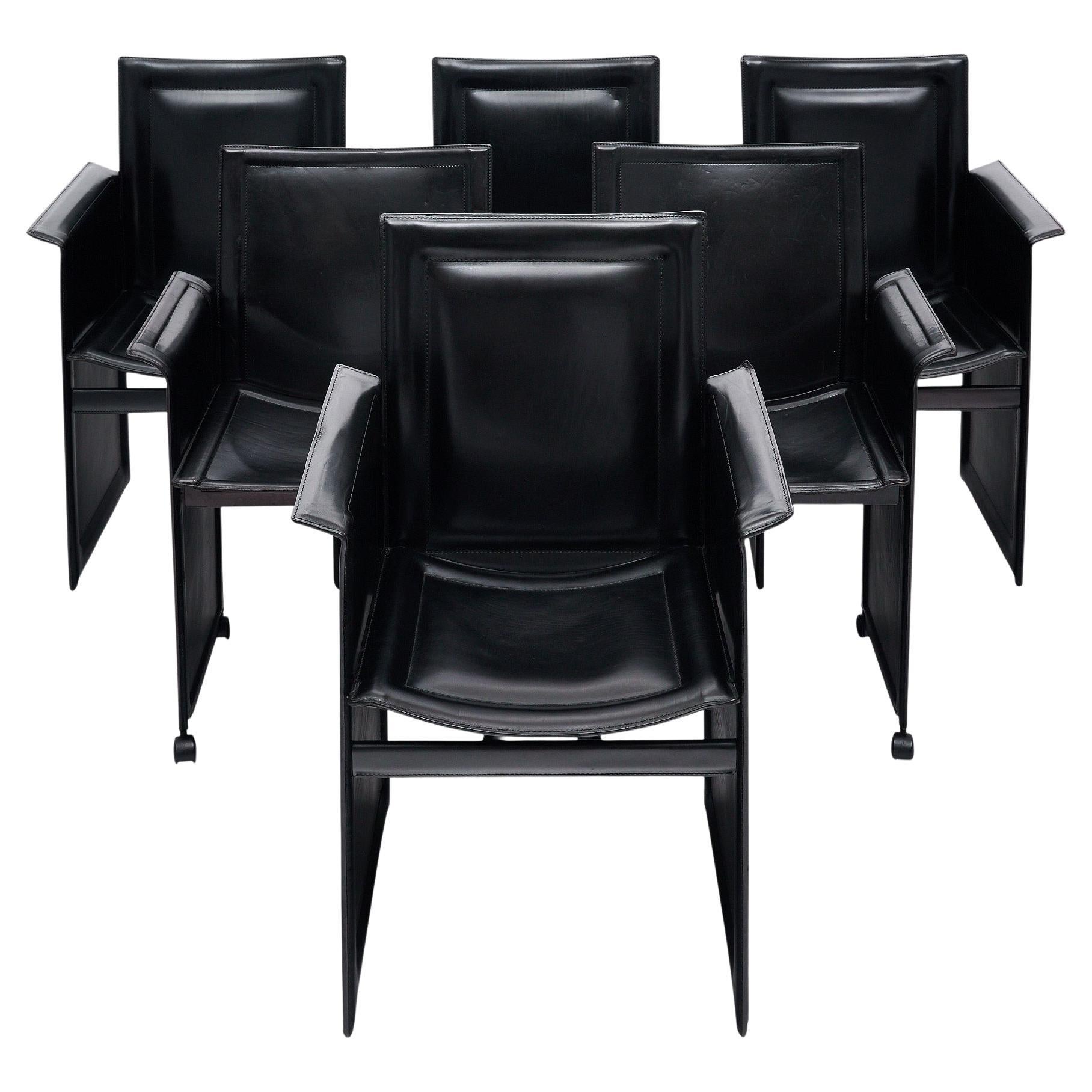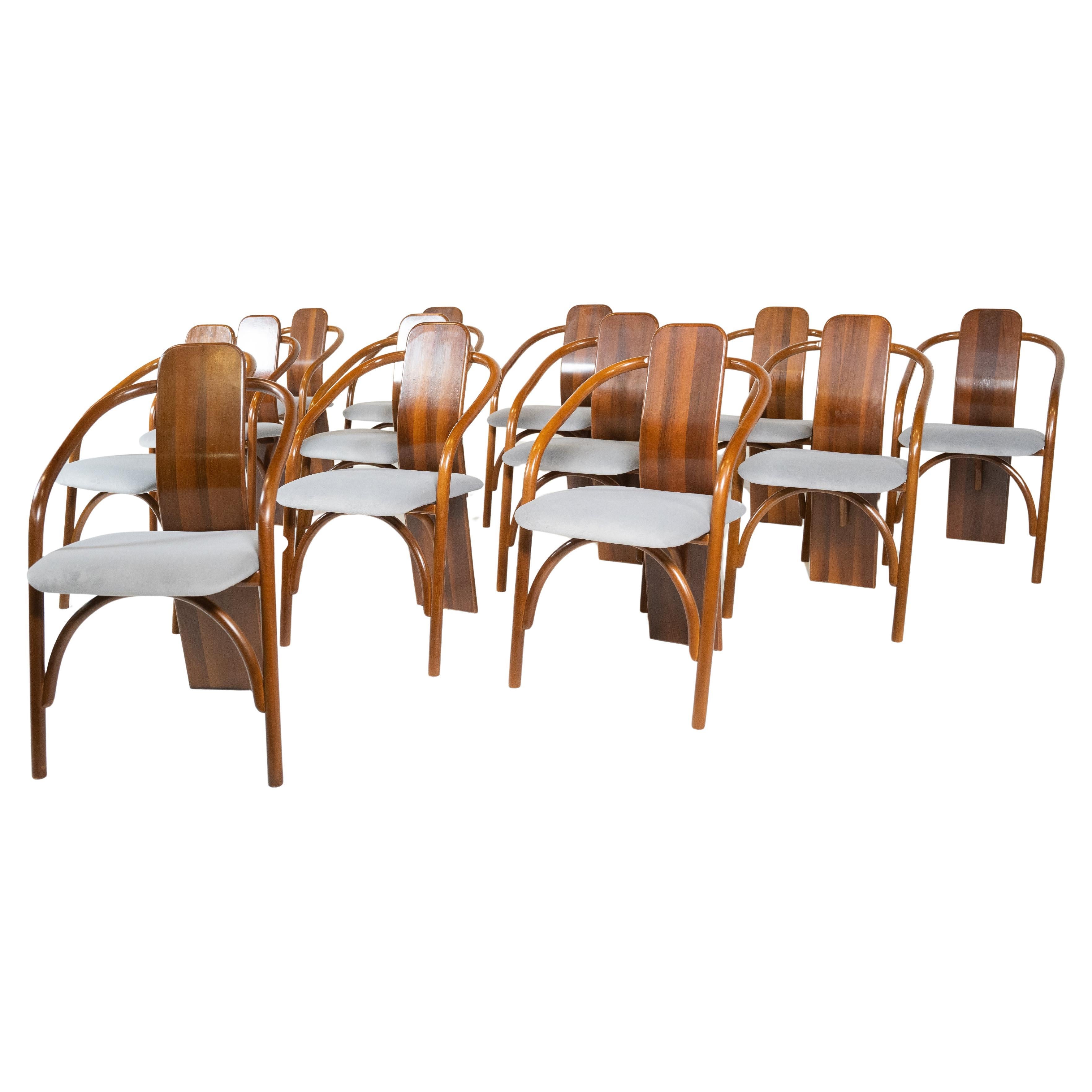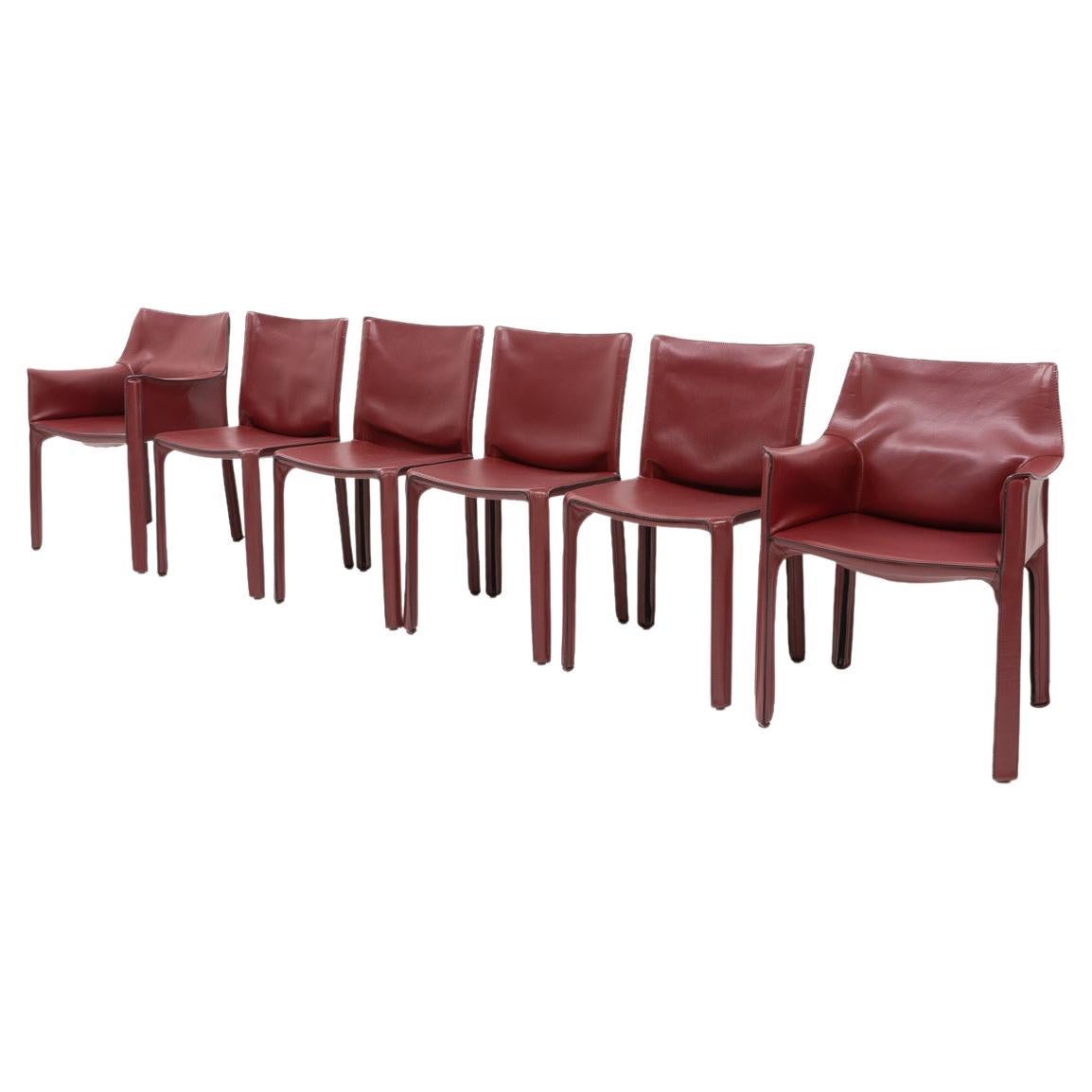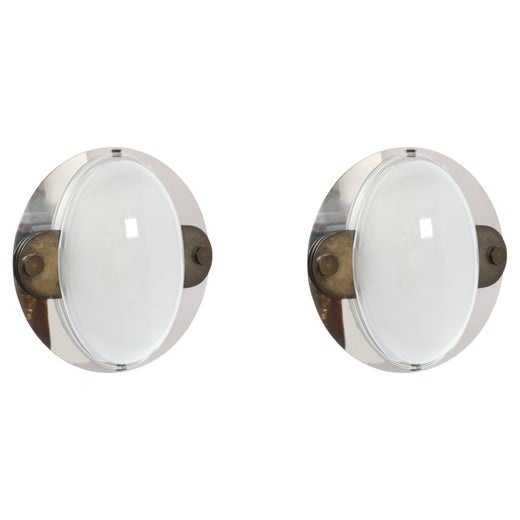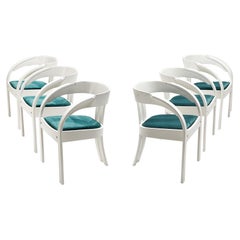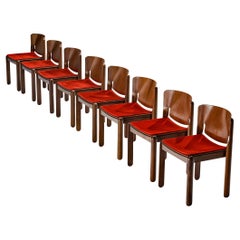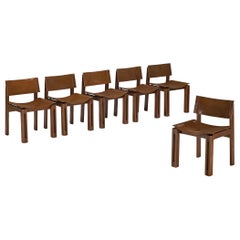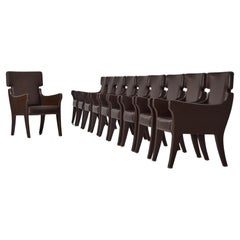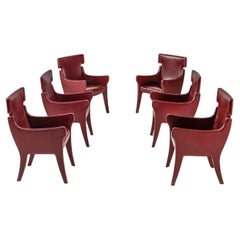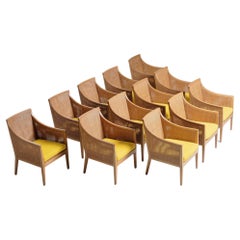Rare Ignazio Gardella for Azucena Early Set of Ten ‘R63’ Armchairs
Informazioni sull’articolo
- Creatore:Azucena (Produttore),Ignazio Gardella (Designer)
- Dimensioni:Altezza: 90 cm (35,44 in)Larghezza: 61 cm (24,02 in)Profondità: 65 cm (25,6 in)Altezza della seduta: 44 cm (17,33 in)
- Venduto come:Set di 10
- Stile:Mid-Century moderno (Del periodo)
- Materiali e tecniche:
- Luogo di origine:
- Periodo:
- Data di produzione:1960s
- Condizioni:Usura compatibile con l’età e l’utilizzo. Every item Morentz offers is checked by our team of 30 craftspeople in our in-house workshop. Special restoration or reupholstery requests can be done. Check ‘About the item’ or ask our design specialists for detailed information on the condition.
- Località del venditore:Waalwijk, NL
- Numero di riferimento:Venditore: 501169901stDibs: LU933145344512
Azucena
I mobili d'epoca Azucena sono eleganti e invitanti: gli apprezzati apparecchi da parete di metà secolo del produttore milanese, poltrone e tavolini, caratterizzati da una semplice simmetria e da materiali accuratamente contrastanti, si trovano probabilmente nei salotti degli amanti del design di tutta Italia.
Azucena è stata fondata nel 1947 da tre figure di spicco dell'architettura italiana del XX secolo: Luigi Caccia Dominioni, Ignazio Gardella e Corrado Corradi Dell'Acqua. Inizialmente il Trio fondò Azucena per arredare gli interni degli edifici che avevano progettato, ma trovò una solida opportunità commerciale nella produzione di singoli pezzi di quelle collezioni per i consumatori del dopoguerra. E poiché i fondatori dell'azienda hanno preso in prestito il nome del marchio da un personaggio connivente dell'opera di Giuseppe Verd Il Trovatore, è appropriato che i mobili per cui Azucena è conosciuta siano pratici ma con un pizzico di giocosità.
Il meglio del modernismo italiano combina la sfacciataggine di e l'audace funzionalità con un design provocatorio e riflessivo e Azucena è profondamente radicata in questa tradizione. Mentre i suoi tavoli da pranzo in ottone e noce dell'era mid-century-modern e i tavolini impilabili - creati da artisti del calibro di Dell'Acqua e Vico Magistretti - sono eccezionalmente discreti in piccoli spazi e incorniciati da linee pulite, negli anni '70 Dominioni ha disegnato poltrone avvolgenti e pesanti rivestite in un sorprendente tessuto rosso.
Tra i design di Azucena di maggior successo e iconici c'è anche il mobile più famoso di Dominioni: la sedia minimalista Catalina. Dopo il suo debutto alla Triennale di Milano nel 1957, la sedia Catalina, con la sua generosa struttura in acciaio smaltato e il suo cuscino in pelle, divenne una sensazione immediata. Gli altri progetti di Dominioni per Azucena includono la lampada Monachella, la poltrona ABCD e il versatile pouf Cilindro.
Il produttore di mobili italiano B&B Italia ha acquisito Azucena nel 2018 e ha rieditato alcuni design del leggendario portfolio del marchio, come la lampada Imbuto, la poltrona Catalina e il tavolo Cavalletto.
Su 1stDibs, trova illuminazione vintage, tavoli, sedute e molto altro.
Fondata nel 2006, Morentz ha un team di circa 55 restauratori, tappezzieri, consulenti d'interni e storici dell'arte, che la rendono una galleria d'arte, officina e studio di tappezzeria, tutto in uno. Ogni giorno, una serie accuratamente selezionata di mobili del XX secolo arriva da tutto il mondo nel magazzino dell'azienda, dove il team esamina accuratamente ogni pezzo per determinare quali sono gli eventuali interventi da effettuare. Che si tratti di una nuova tappezzeria o di un restauro completo, l'obiettivo di Morentz è sempre quello di onorare le intenzioni del designer e soddisfare i desideri del cliente. Il team è in grado di affrontare qualsiasi sfida, dal restauro di un singolo pezzo al suo splendore originale all'arredamento di un progetto alberghiero su larga scala.
- SpedizioneRecupero del preventivo…Spedizione da: Waalwijk, Paesi Bassi
- Politica di reso
Altro da questo venditore
Mostra tuttoVintage, Anni 1960, Italiano, Mid-Century moderno, Poltrone
Tessuto, Legno
Vintage, Anni 1960, Italiano, Mid-Century moderno, Sedie per sala da pranzo
Velluto
Vintage, Anni 1960, Italiano, Mid-Century moderno, Sedie per sala da pranzo
Velluto, Noce
Vintage, Anni 1960, Italiano, Mid-Century moderno, Sedie
Pelle, Frassino
Vintage, Anni 1960, Francese, Mid-Century moderno, Sedie per sala da pranzo
Faggio
Vintage, Anni 1980, Italiano, Postmoderno, Sedie per sala da pranzo
Pelle, Faggio
Ti potrebbe interessare anche
Vintage, Anni 1960, Italiano, Mid-Century moderno, Poltrone
Ottone
Vintage, Anni 1960, Italiano, Poltrone
Materiale sintetico, Schiuma, Compensato
Vintage, Anni 1970, Italiano, Mid-Century moderno, Poltrone
Tessuto, Rattan, Faggio
Vintage, Anni 1970, Italiano, Mid-Century moderno, Sedie per sala da pranzo
Metallo
Vintage, Anni 1980, Italiano, Mid-Century moderno, Sedie per sala da pranzo
Legno
Anni 1990, Italiano, Mid-Century moderno, Sedie senza braccioli
Metallo
